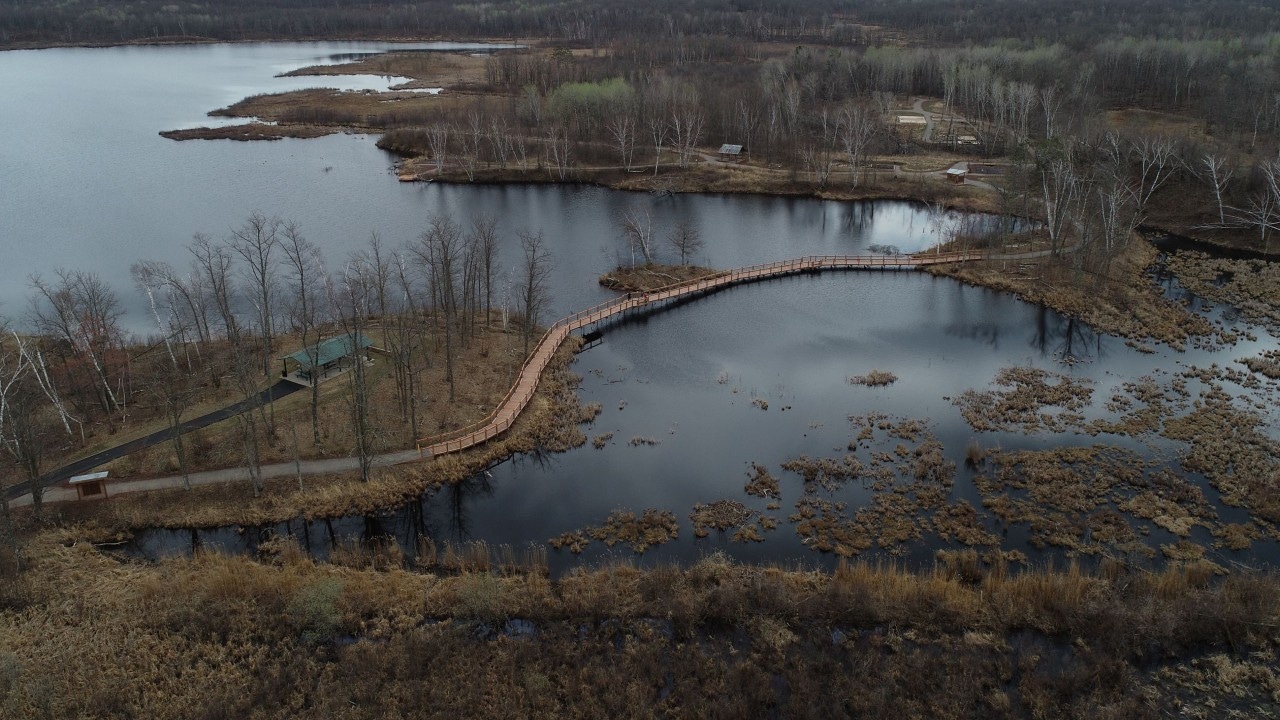Program Monday to mark 100 years since state’s worst mining disaster

Milford Mine Memorial Park Credit: Crow Wing County
On this day 100 years ago, 41 people who were working inside the Milford Mine in Crosby, Minn., lost their lives after it was flooded by Foley Lake.
The event, caused by the collapse of a mine shaft, is considered to be the worst mining disaster in Minnesota. Water and mud filled the underground tunnels, trapping the men in the roughly 200-foot-deep mine.
According to Crow Wing County, the mine had multiple levels with only one shaft that led to the surface. The Milford Mine Memorial Park now sits at the site of the disaster, which county officials say happened at around 3:30 p.m. on Feb. 5, 1924.
The Minnesota Historical Society says the mine was inspected and pronounced safe on Dec. 19, 1923, however, the disaster happened just two months later. The last of the victims was reportedly pulled from the mine on Nov. 9, 1924.
The mine, which closed in 1932 due to a decline in the need for steel during the Great Depression, was designated by the National Park Service as a historic place in August 2011. CLICK HERE to read the designation.
Monday evening, members of the Cuyuna Iron Range Heritage Network (CIRHN) will hold a commemorative program at Crosby-Ironton High School’s Mayberry Auditorium to remember the event and those who died.
According to the CIRHN, the program will go over the events of that day and provide stories of the miners who died and of the seven who survived. Students at the junior and senior high schools will also hear an abbreviated program by the network on Monday.
The CIRHN says Crow Wing County commissioners recently announced additional funding to create more trails at the park, as well as another floating bridge that will take anyone who visits the park over Foley Lake, now known as Milford Lake, to the spot where the cave-in happened.
Milford Mine Memorial Park, which is free to the public, can be found about four miles north of Crosby off Highway 6 on County Road 30.